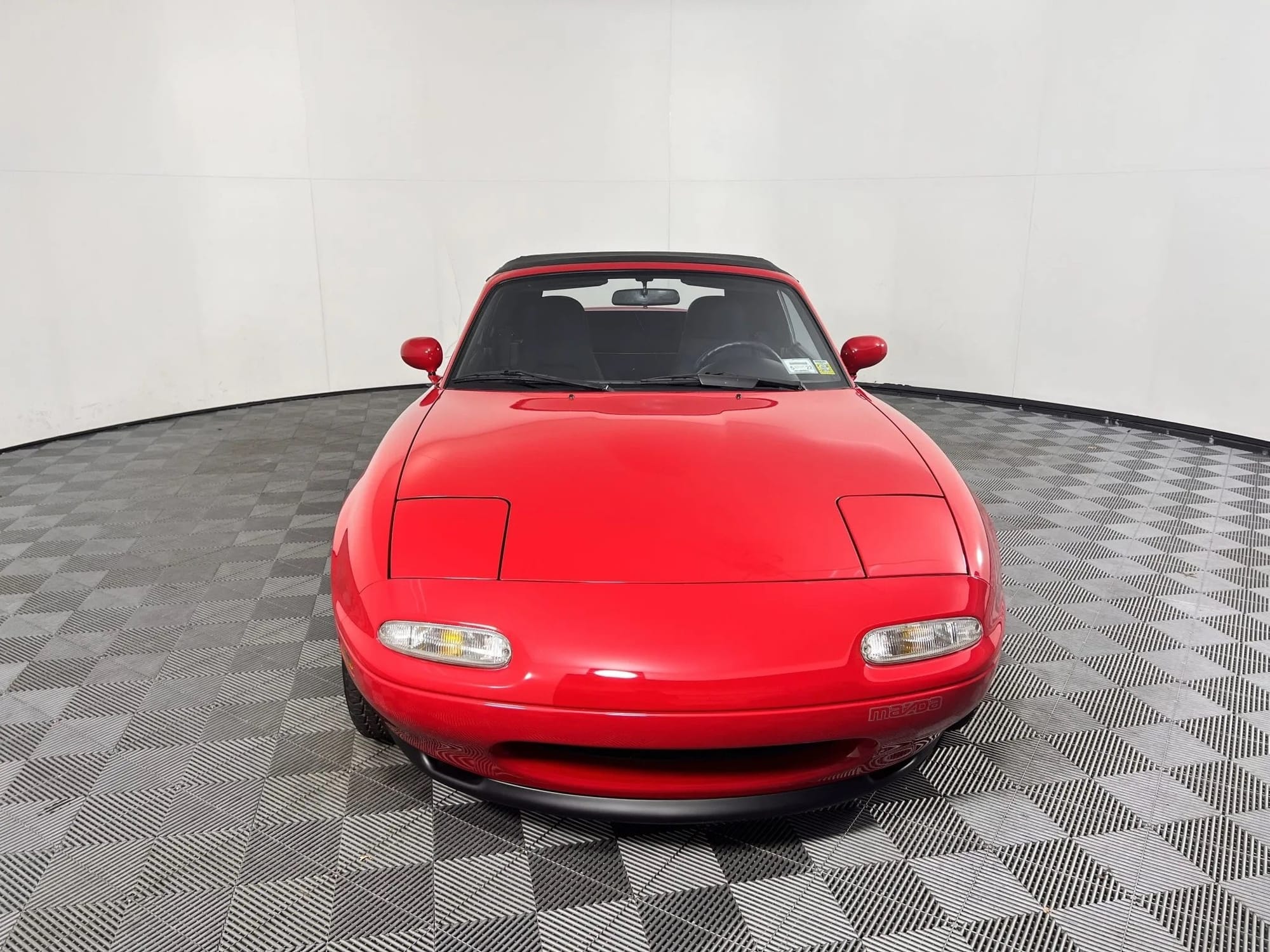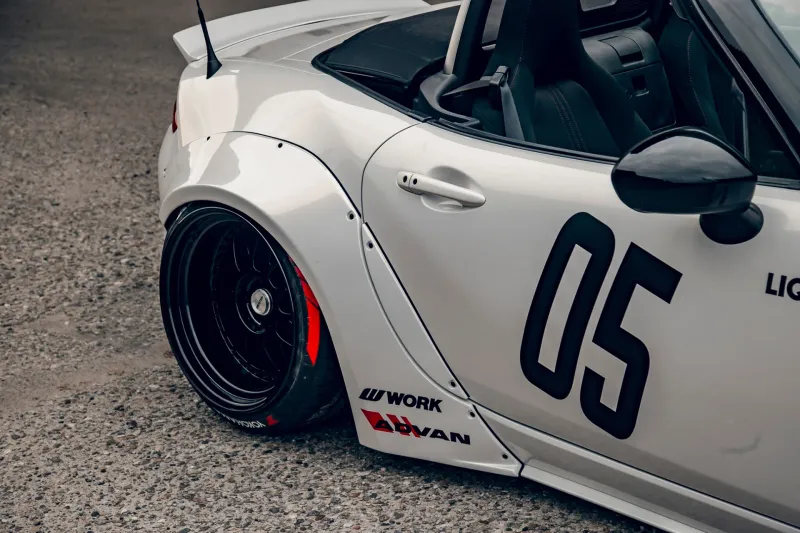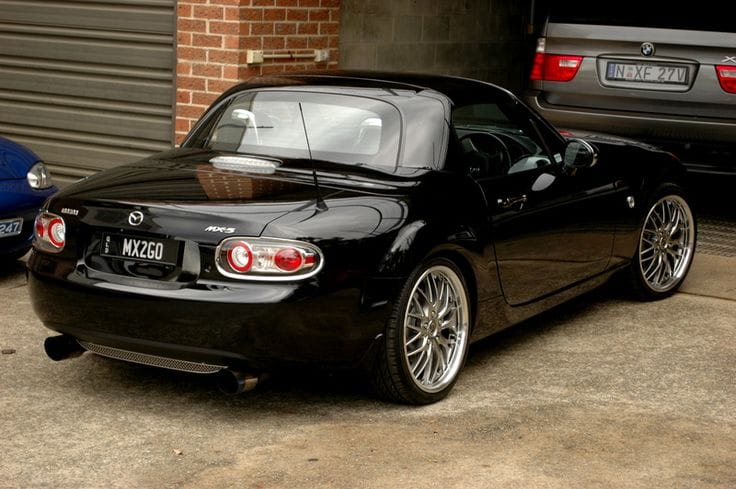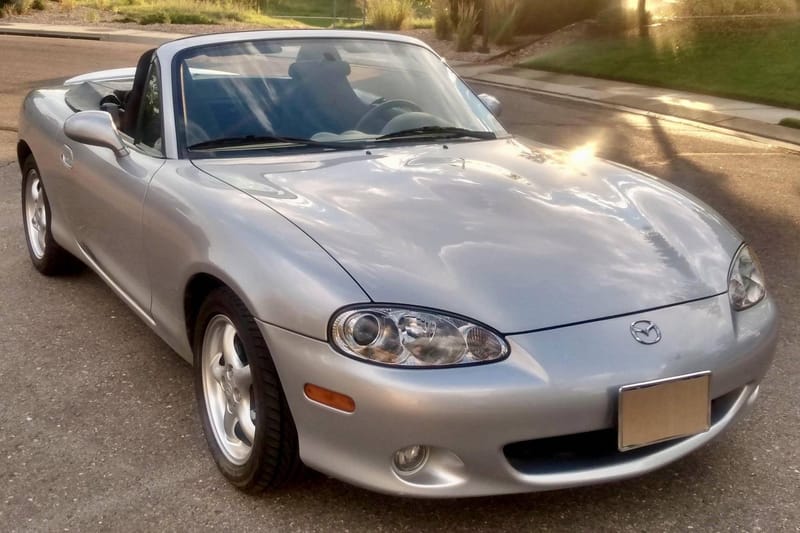Miata Resale Value Guide
Miatas are known for defying depreciation. NA and NB values have risen thanks to growing classic status, while NCs remain budget-friendly but stable. ND prices hold strong due to modern appeal and demand. For smart buyers, a Miata can be both fun and financially sound.

Let’s break down the typical prices for each generation, highlight how those prices have shifted in the last few years, and discuss how mileage or modifications might affect what you can get (or have to pay). We’ll also look at which generations may see the least depreciation, or the greatest appreciation, over time. For many potential owners, resale value is a big deal: nobody wants to buy a car, only to lose thousands as soon as they drive off. But Miatas often buck the usual trend by holding steady or even climbing in worth. Let’s dive in and see how that might work in your favor.
At a Glance
First, let’s get a snapshot of current Miata prices. NA (1990–1997) models generally go anywhere from $6,000 for a rough, high-mile example to well over $25,000 for collector-grade cars with minimal miles and pristine condition. NB (1999–2005) models often sit around $5,500–$9,000 for your average used example, with the nicest examples hitting the low teens. The NC (2006–2015) tends to range from $7,000 up to $16,000, depending on year and mileage, and a lot of them float around the $10K–$12K mark. The newest ND (2016–Present) usually starts around $15K for early, higher-mile cars and stretches past $30K for brand-newish, top-trim RF models.

A few interesting points stand out when you look at them side by side. For older Miatas, once they pass that 10-year mark, condition really takes the spotlight, model year alone matters less. The NA’s range is huge because it can be a cheap fun runner or a coveted collector’s item. If you compare Miatas to other entry-level sports cars, you’ll find that older Porsche Boxsters (986) sometimes go for NB prices, but new Boxsters are on a whole different level. Honda’s S2000, often seen as the Miata’s main Japanese competition, has soared in used value lately, easily beating similar-year Miatas by a few thousand. Meanwhile, Toyota’s GR86/Subaru BRZ siblings share the same lightweight, rear-wheel-drive vibe as the Miata, and their prices can align closely with ND Miatas.
Price Trends Over Time
When it comes to trends, the ND market experienced a big rise from 2020 to mid-2022, thanks partly to the broader spike in used-car prices. By early 2023, though, ND values had softened, with base models down around 8.2% from the prior year and RF models dipping even more (13.2%). Newer NDs, particularly 2022–2023, took the biggest percentage hit because they’d been priced near new-car levels.
NC values have dropped about 8.3% over the past year, maybe $1,500 in real terms, but they remain slightly above their mid-2020 mark. NB prices are down a modest 4.7% year-over-year, which isn’t too bad for a 20-ish-year-old platform that’s mostly done with big depreciation. Meanwhile, NA prices have actually climbed about 10.8% since 2020, likely driven by nostalgia for those first-gen pop-up headlights and the fact that they’re now pushing true classic-car status.

Mileage sensitivity follows a predictable pattern: the newer the Miata, the more miles hurt its value. An ND, especially a near-new one, might lose 1.6–2.6% of its value per 1,000 miles. Older generations hover closer to 0.4–0.6%, which translates to a relatively small dollar figure on cheaper cars. Also, don’t forget that many convertibles, including Miatas, see a seasonal bump in spring or summer. If you’re buying in the winter, you might save a bit; if you’re selling in the summer, you might pocket a little extra.
Cross-Generation Comparisons
Looking across all generations, you’ll see that the NA is the outlier by going up in value, while the NB, NC, and ND have dipped somewhat in the last year. That dip aligns roughly with broader used-car market trends of 6–10%. The NA’s upturn is partly because these cars are 25–30 years old and snagging more collector interest. Also, the absolute dollar cost per year or per 1,000 miles is relatively modest for NA, NB, and NC models, since their purchase prices are lower to begin with. The ND, on the other hand, is more expensive, so small percentage changes can equal bigger dollar amounts.
Practical Considerations & Factors Influencing Resale
Condition and maintenance history go a long way in determining any Miata’s sale price. Rust, in particular, is a deal-breaker for NA and NB cars, especially if you’re shopping in snowy or coastal regions. Documentation for significant service items, like timing belt changes or clutch replacements, makes buyers more comfortable and can justify a higher asking price.
Modifications are a mixed bag. Heavily tuning your Miata might be personally rewarding, but when it’s time to sell, it can shrink your potential buyer pool. Some people prefer bone-stock cars; others like tasteful mods, especially from reputable brands. Season and location also matter: selling in warm weather, especially in places like California or Florida, can fetch you a higher price, and rust-free cars in salty regions are worth a premium.

Special editions can bring a nice boost, too. NA “M-Edition” cars, the NB Mazdaspeed, NC PRHT (hard-top), and the ND Club or Launch Edition models often sell for more than their base counterparts. If you happen to own one of these in great shape, you’re already ahead in the resale game.
Tips for Buyers
If you’re eyeing an NA, decide whether you want a potential collector’s piece or a project. Going for a pristine, low-mile NA might pay off in the long run but demands a bigger upfront budget. NB buyers can find a sweet spot if they want something simpler than the NC but still a bit more modern than the NA. NBs also include the Mazdaspeed variant, which can hold its value well.
For those wanting a comfortable daily driver with an acceptable price tag, the NC is a great compromise, it’s modern enough for everyday use without the initial depreciation you’ll see in an ND. If you do want an ND, consider a lightly used model that’s two or three years old to avoid the steepest part of the depreciation curve. Also, bear in mind that the RF (Retractable Fastback) typically commands a higher price than the soft top, and it can drop more in absolute dollar terms from new.
Tips for Sellers
If you’re thinking of selling, presentation matters a ton. Clean the car, take clear, well-lit photos, and write a thoughtful description that covers any recent maintenance or known issues. Show off your service records and receipts to prove the car’s been looked after. If your Miata is heavily modified, you might make more by returning it to stock and selling the aftermarket parts separately, since many buyers want a blank canvas they can customize themselves.
Timing can also help you squeeze more from the sale. Spring or early summer is prime convertible-buying season, people can’t wait to drop the top and cruise. Pricing should be guided by local comps, and you’ll want to give yourself a little negotiating room above your “would-take” price. In warmer or coastal markets, there’s a decent chance you’ll get closer to your asking price.
Overall, each Miata generation has its unique place in the market. The NA is inching its way into genuine classic territory, with collector-grade examples surging in price. The NB remains an affordable option for buyers who want something that feels classic but not too old. The NC splits the difference between modern features and a reasonable price. The ND is great if you want the latest tech and performance, just expect heavier depreciation if you buy brand-new.
Looking ahead, NAs are likely to keep capturing that nostalgic buzz, while NBs and NCs generally remain budget-friendly fun cars. The ND is still young and will see more routine depreciation, though it’s far from a terrible investment in the grand scheme of sports cars. If you’re looking to buy, your best move might be a well-cared-for example of any generation that’s already taken its biggest depreciation hit. If you’re selling, take advantage of timing, advertise the car’s condition and service records, and you’ll likely find plenty of folks who are excited to own a piece of the Miata legend.
At the end of the day, Miatas offer a rare blend of affordability and genuine driving enjoyment that can make them a solid buy no matter which generation you choose. Some even treat them as part of a collection, while others daily-drive them for years and still sell for close to what they paid. That’s the beauty of the MX-5: a car that’s fun, relatively inexpensive to maintain, and, if you’re lucky, doesn’t lose value the instant you bring it home.




